ADVA LABOR SERVICES INC.
Site Development, Earthwork & Utilities - Serving Colorado with Precision -
Colorado’s Trusted Earthwork & Utility Contractor ADVA Labor Services Inc. specializes in site
development, earthwork, underground utilities, and environmental remediation. Our
experienced team serves Aurora, Denver, and the greater Colorado region with a commitment
to safety, quality, and efficiency. Expert Underground Utility Installation From C-900 water
pipe systems to sewer and storm drain installation, we provide full-service solutions that meet
Colorado’s strict construction standards. Safe Demolition & Hauling With modern heavy
equipment and skilled operators, we deliver efficient demolition and hauling services,
ensuring projects are completed on time and within budget. Environmental & Hazmat
Services Our certified crews handle asbestos removal, contaminated soil hauling, and
hazardous waste compliance—keeping your site safe and compliant.
OUR SERVICES
EARTHWORK AND SITE PREP
Professional excavation, grading, and land clearing for all project sizes.
Demolition & Hauling
Safe demolition and hauling services with modern heavy equipment.
Underground Utilities
Installation of water, sewer, and storm lines including C-900 pipe systems.
Environmental & Hazmat
Certified handling of asbestos, contaminated soil, and hazardous materials.
Our Most Recent Project going on, E-470
-
Demolition
Demolition of Highway Canopies

-
Truck Loads
Earth Work at Big Scale Running Over 100 Trucks a Day
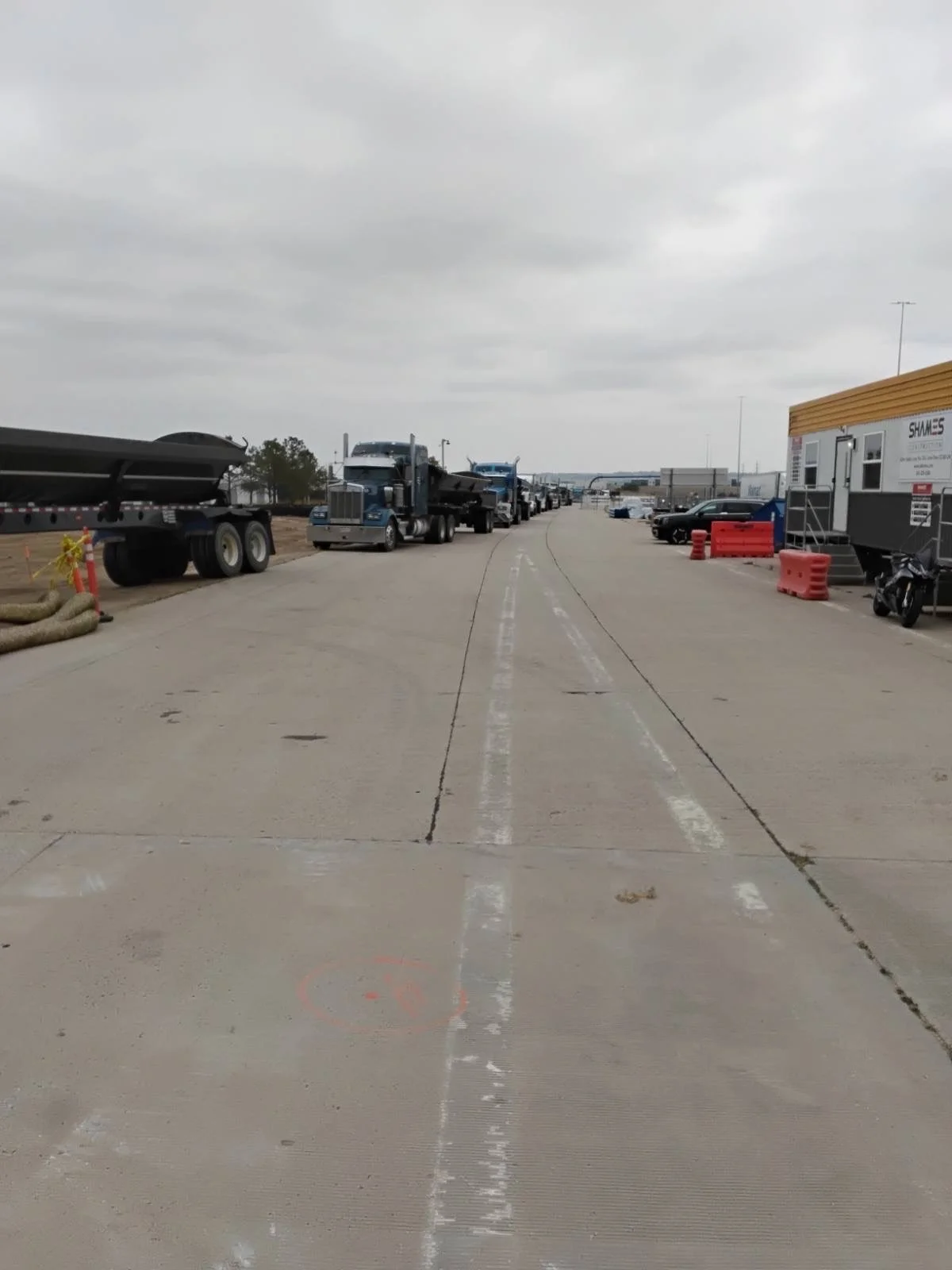
-
Pipe C900
Pipe Water line C900
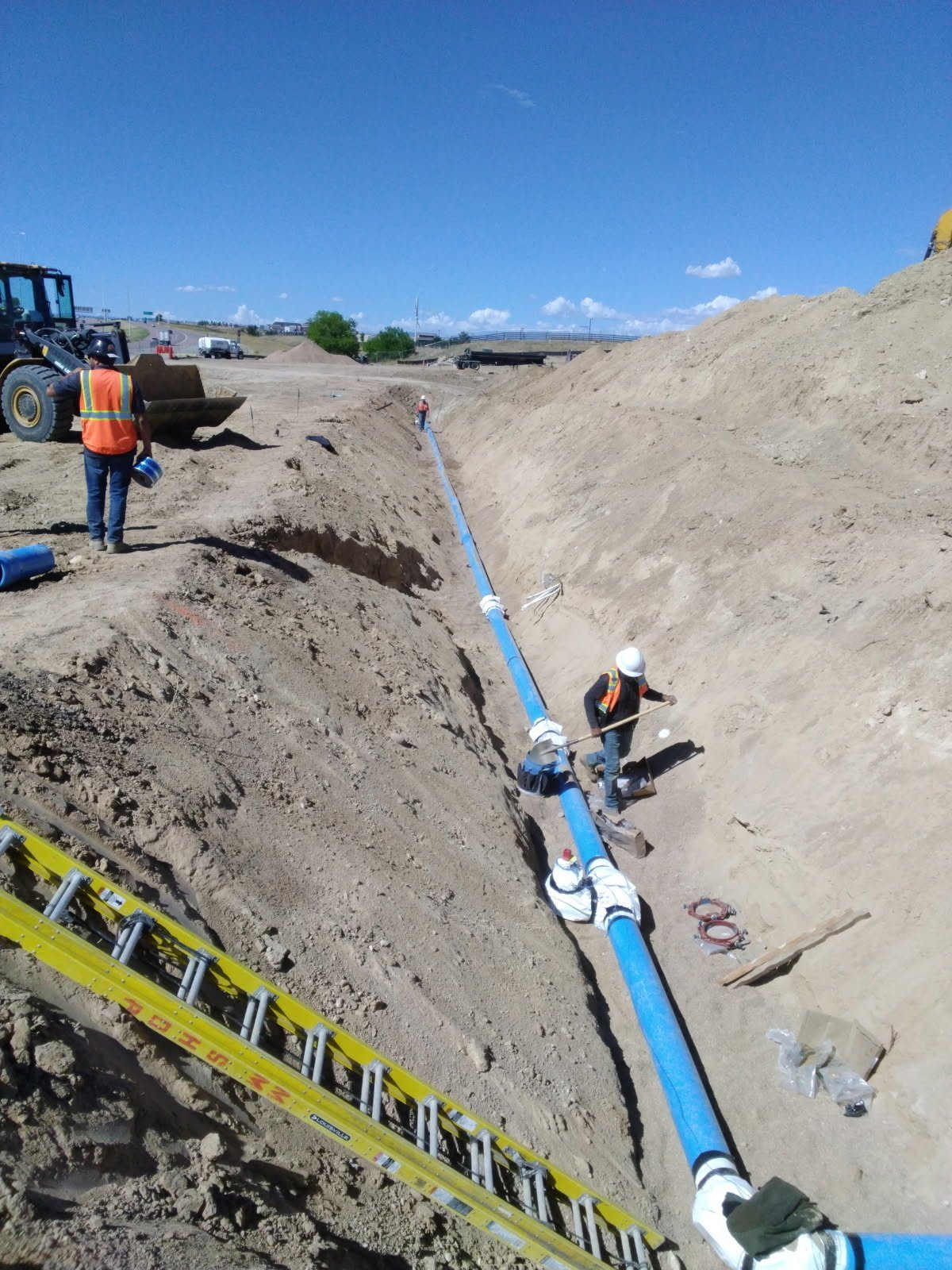
BEHIND THE SCENES
Framing
Asbestos Containment
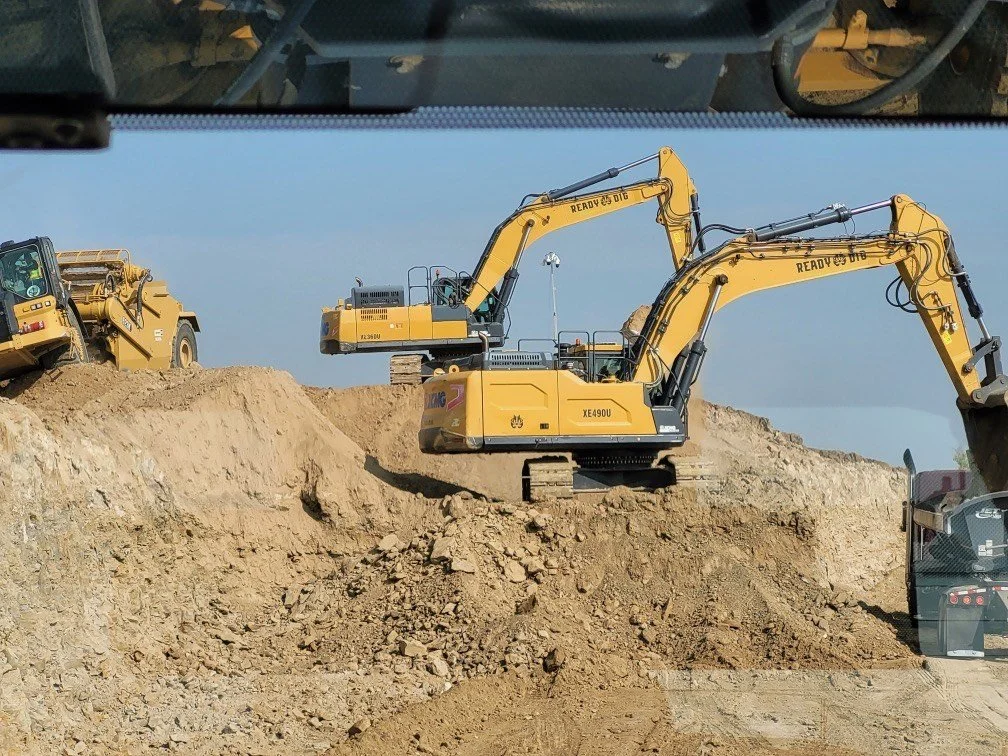
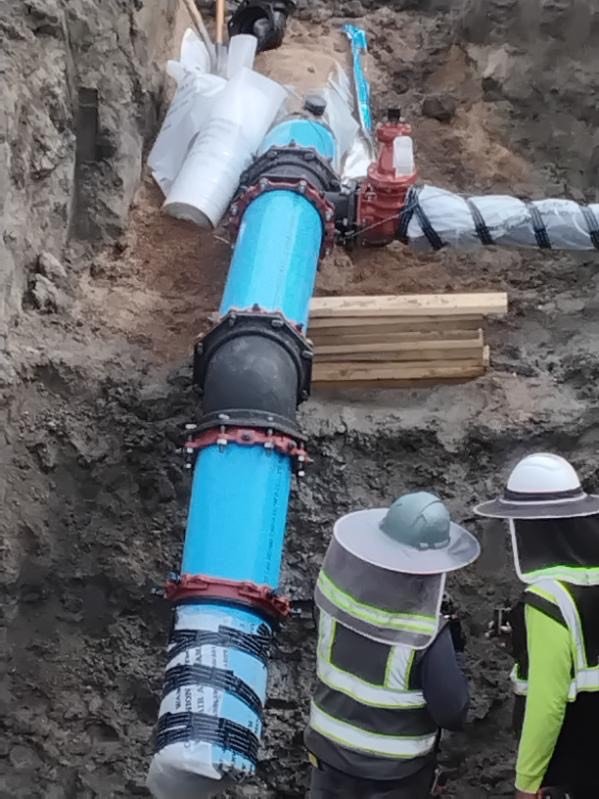

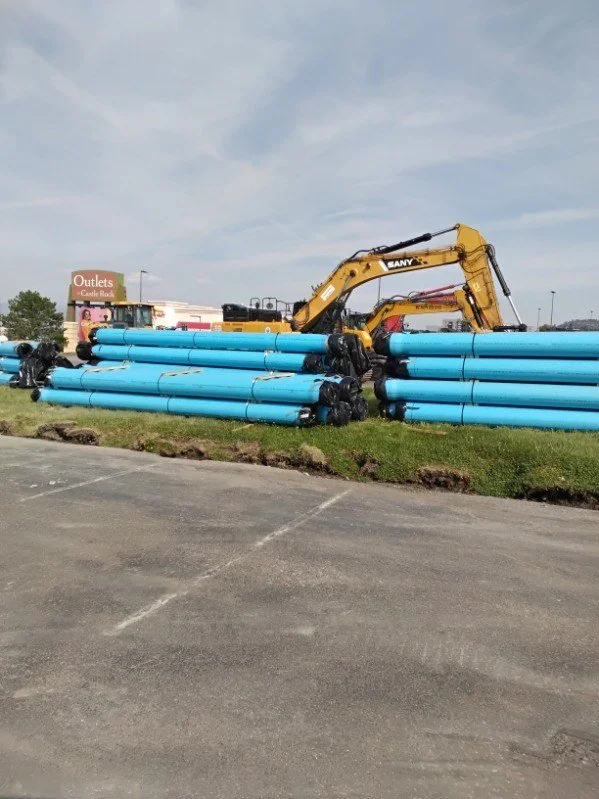
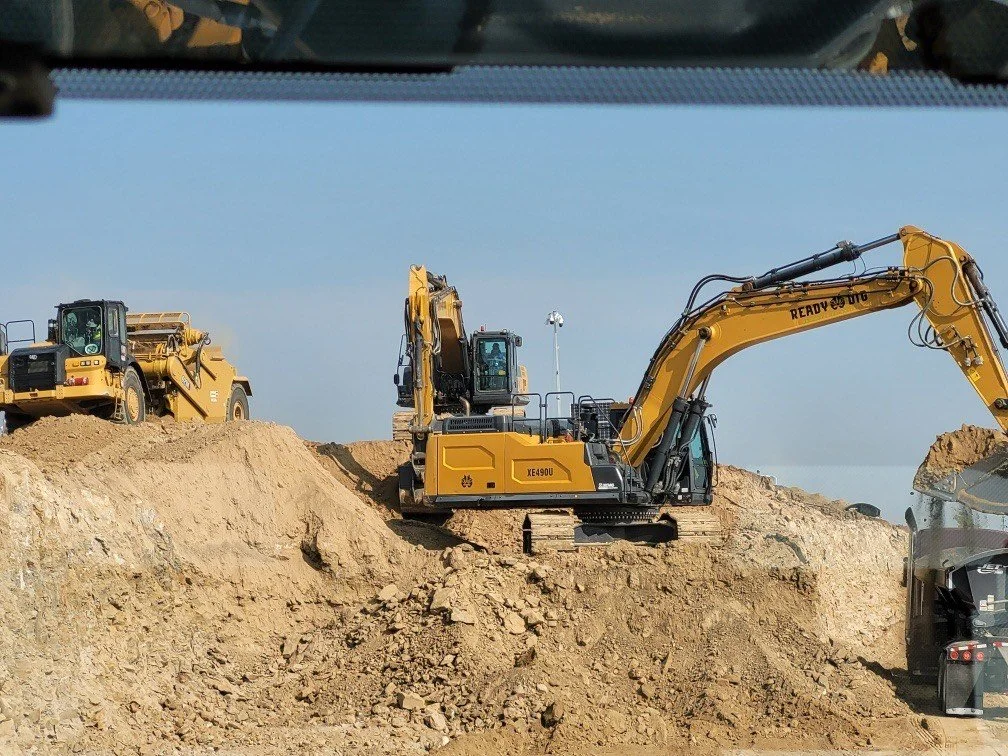
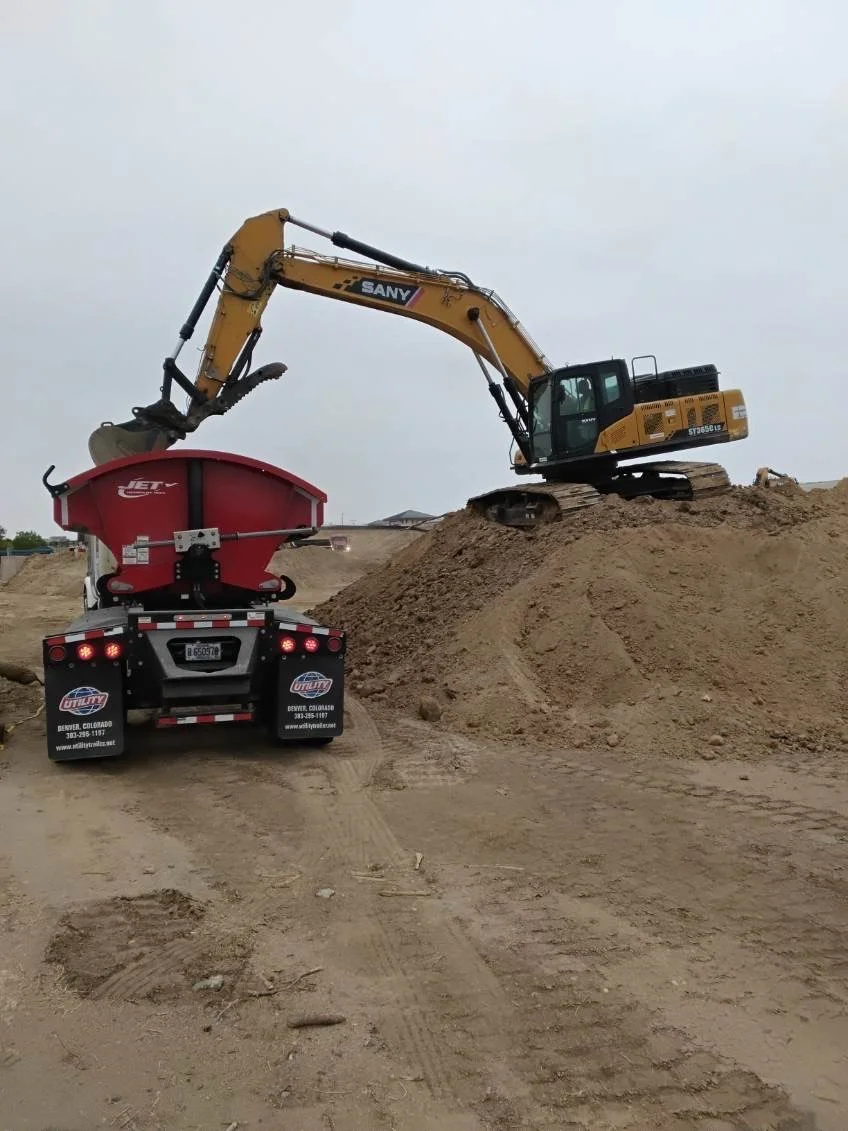
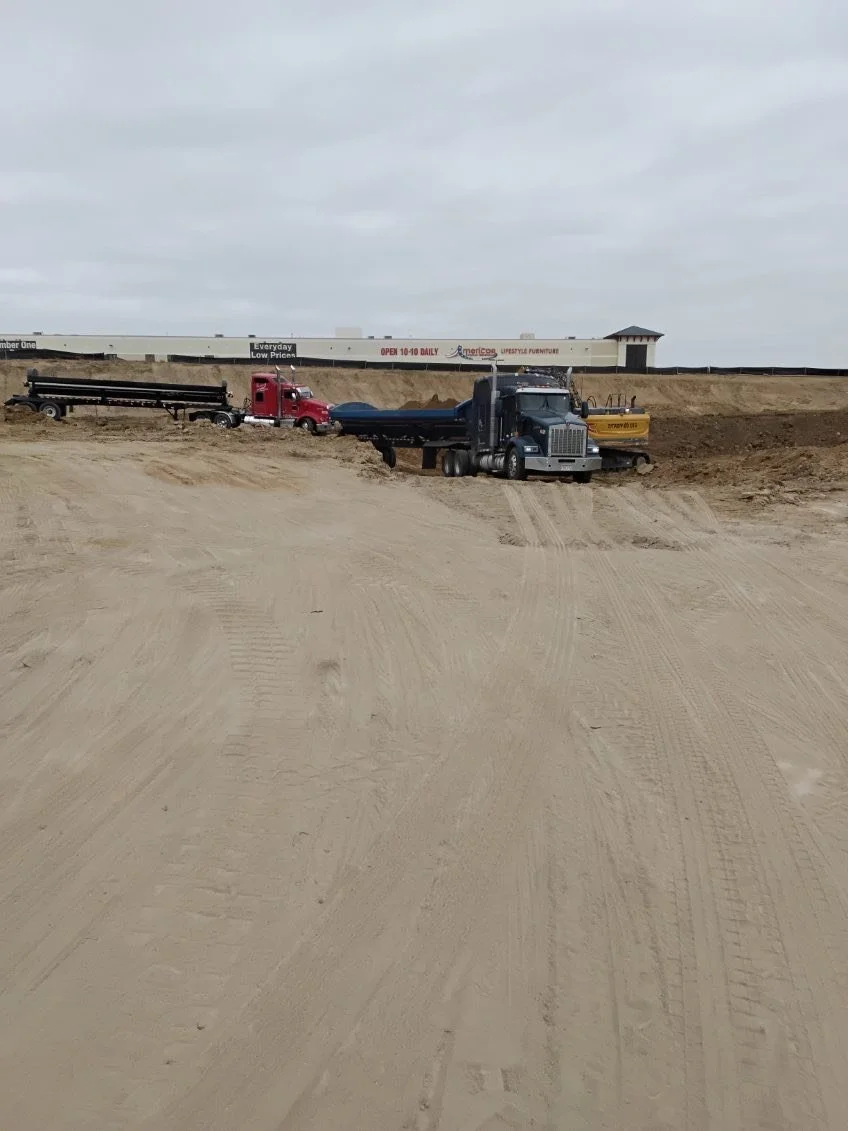
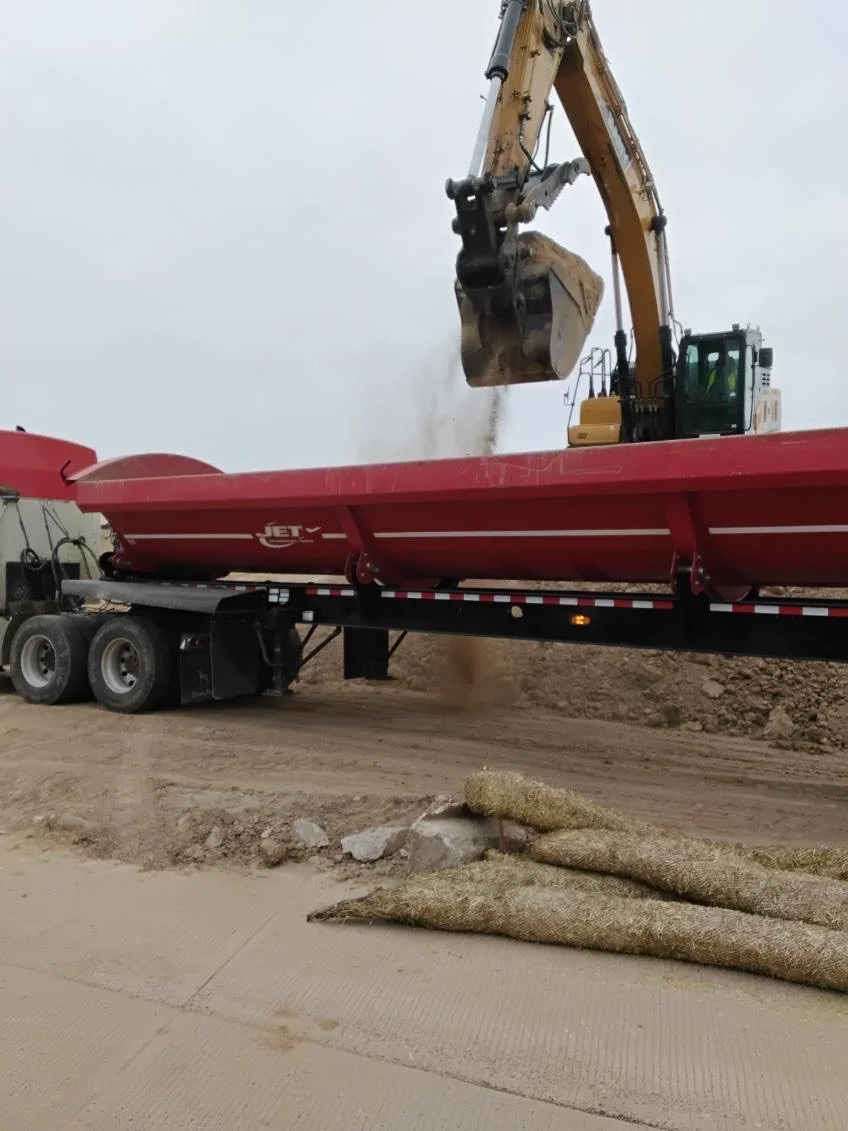
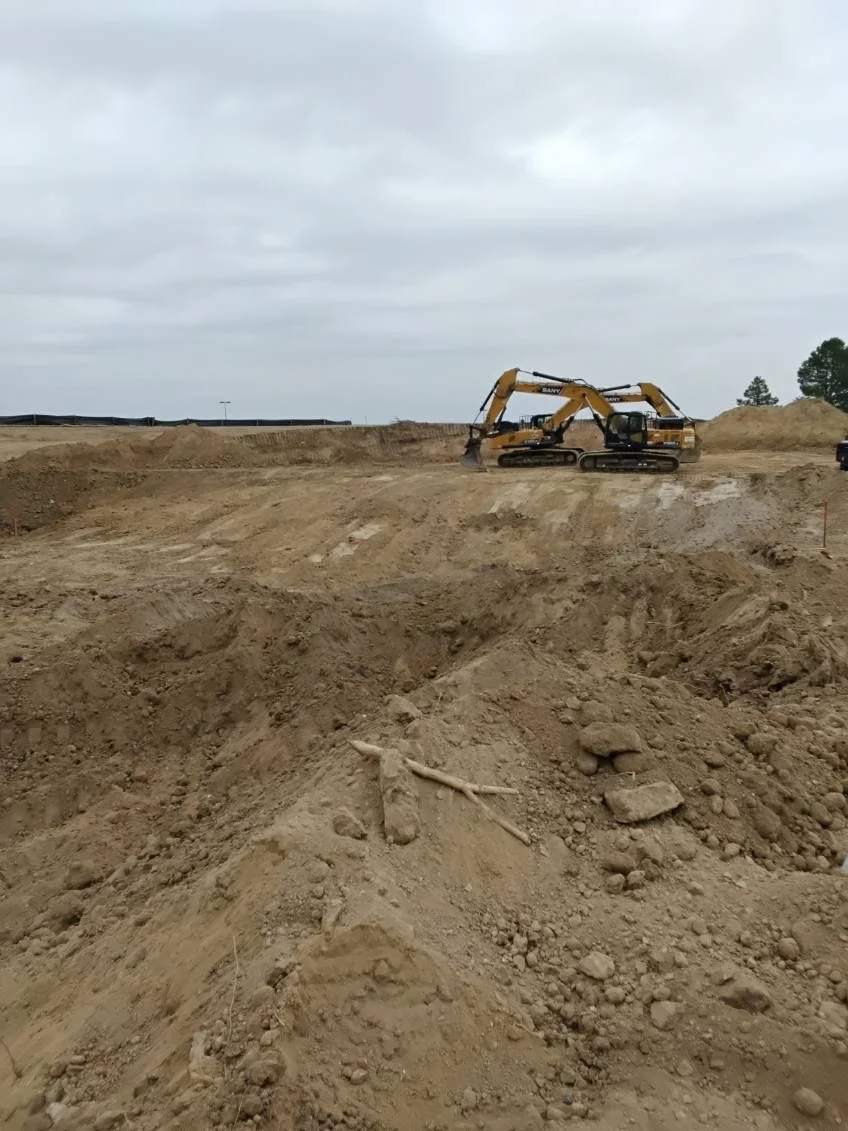
WHY CHOOSE US
✔ 114 Years Combined Experience
✔ Licensed & Insured Contractor
✔ Commitment to Safety & Compliance
✔ Trusted by Colorado’s Leading Builders
Certifications and Accreditations
-
Certified and committed to diversity in the construction industry.
-
We are committed to environmentally friendly construction practices.
-
Our team is fully compliant with all OSHA safety regulations.
-
Safe, compliant removal and disposal of hazardous materials, ensuring environmental and occupational safety.








